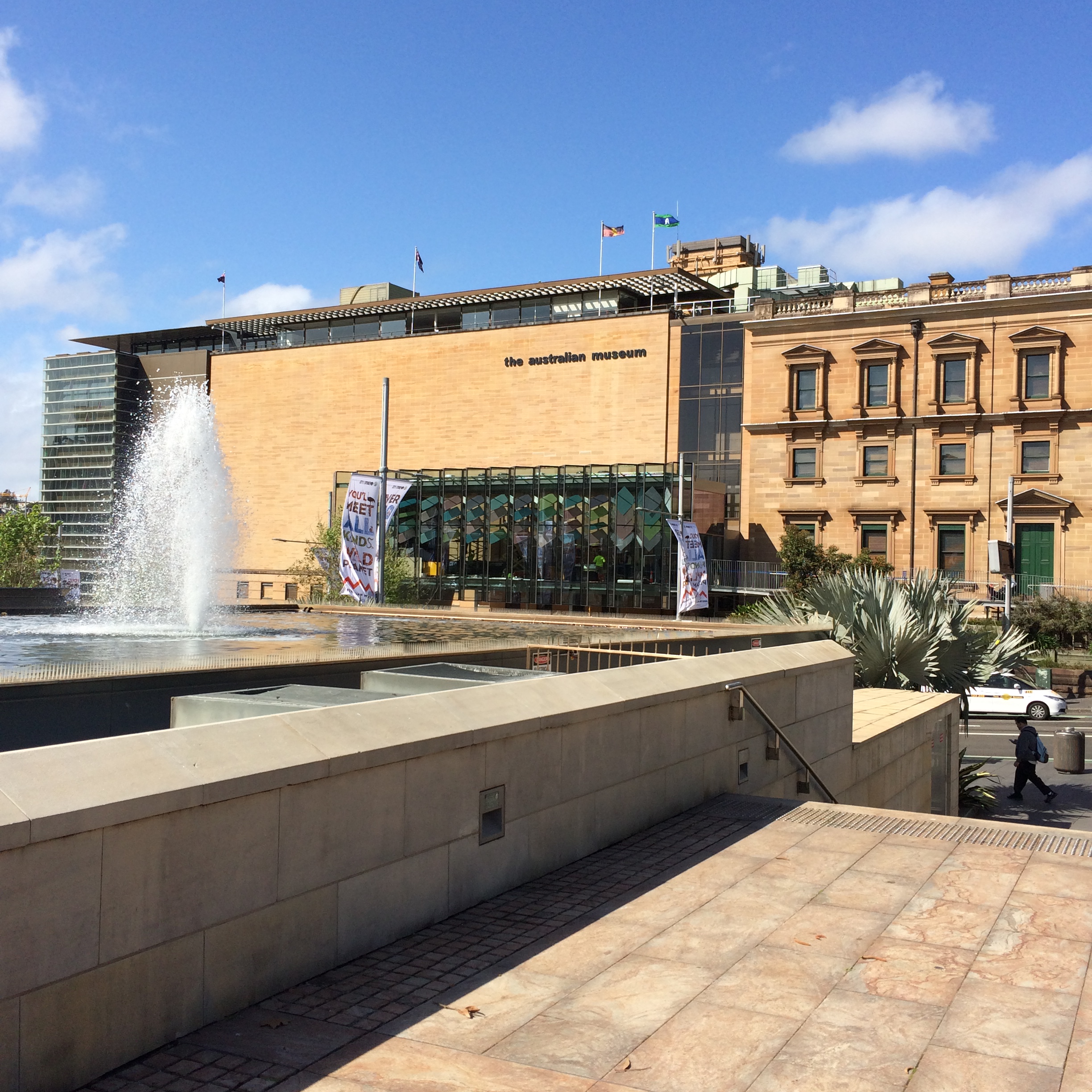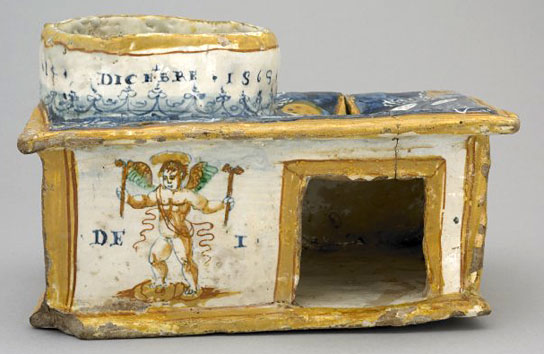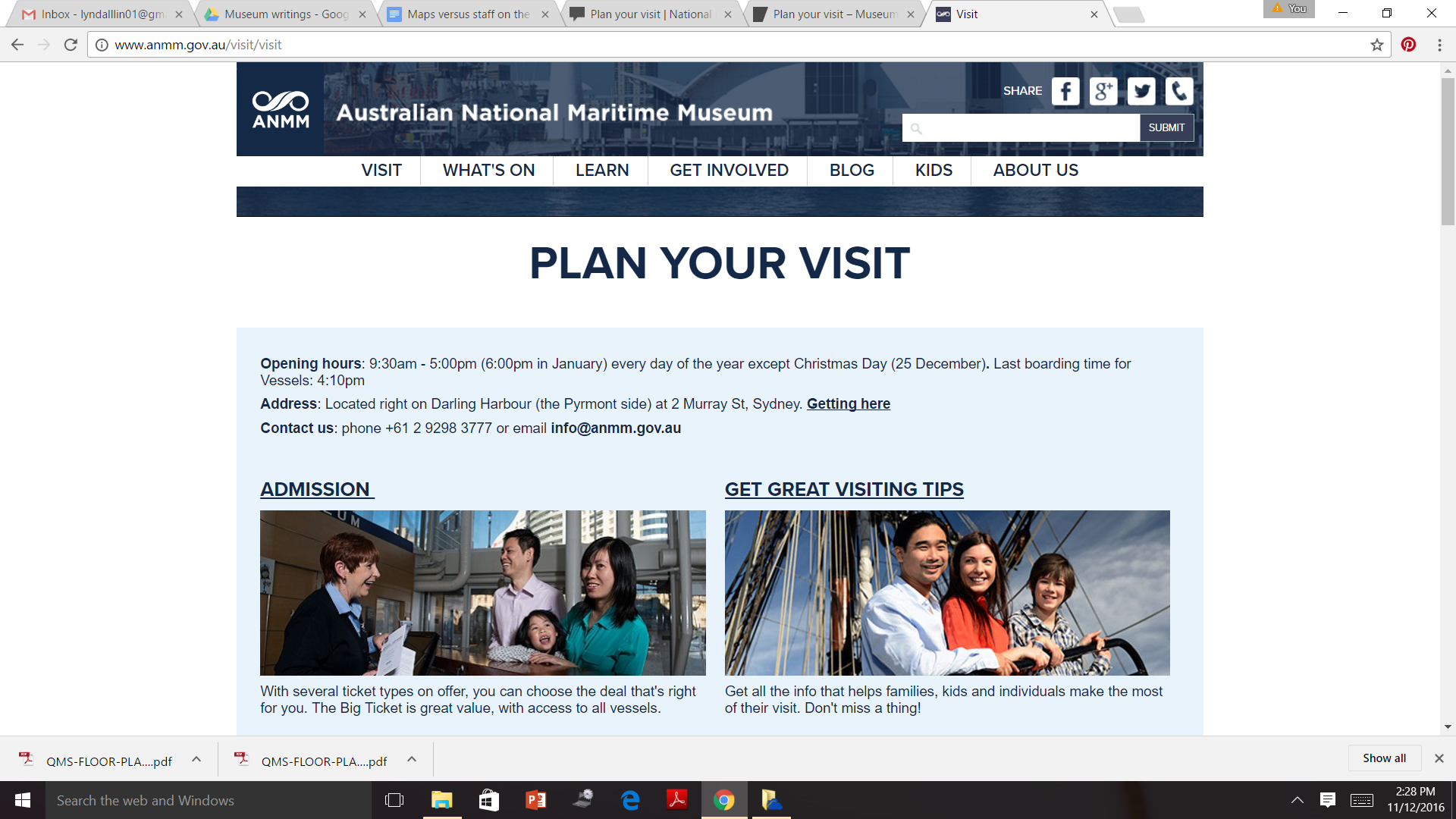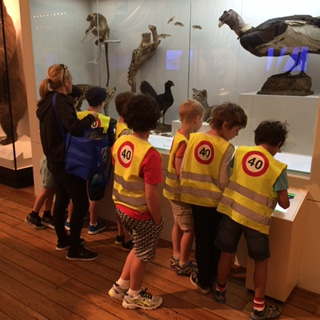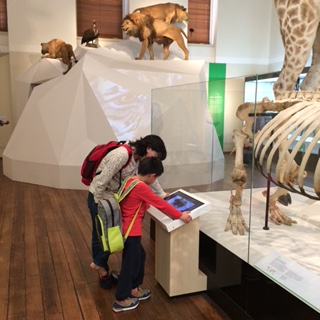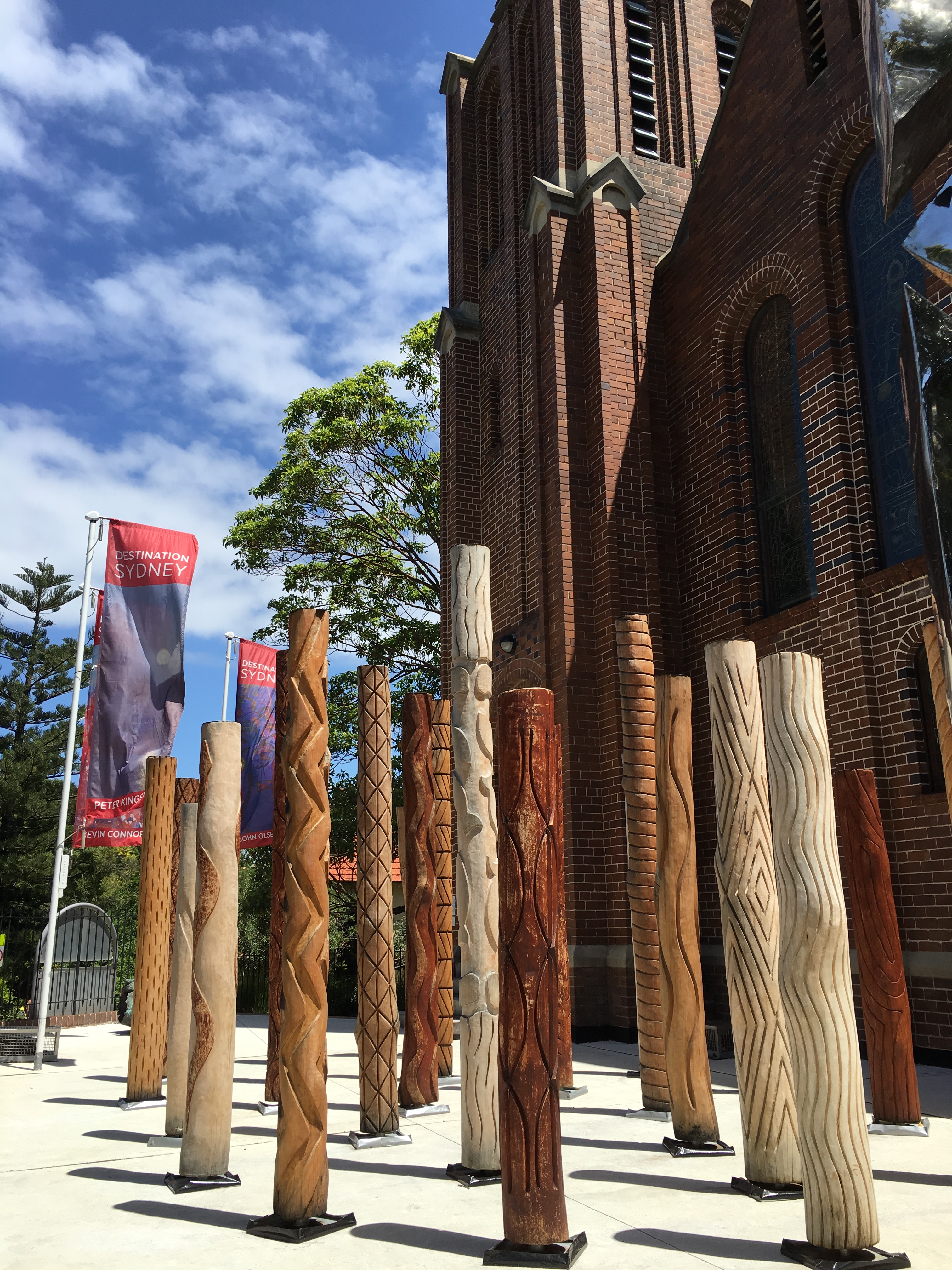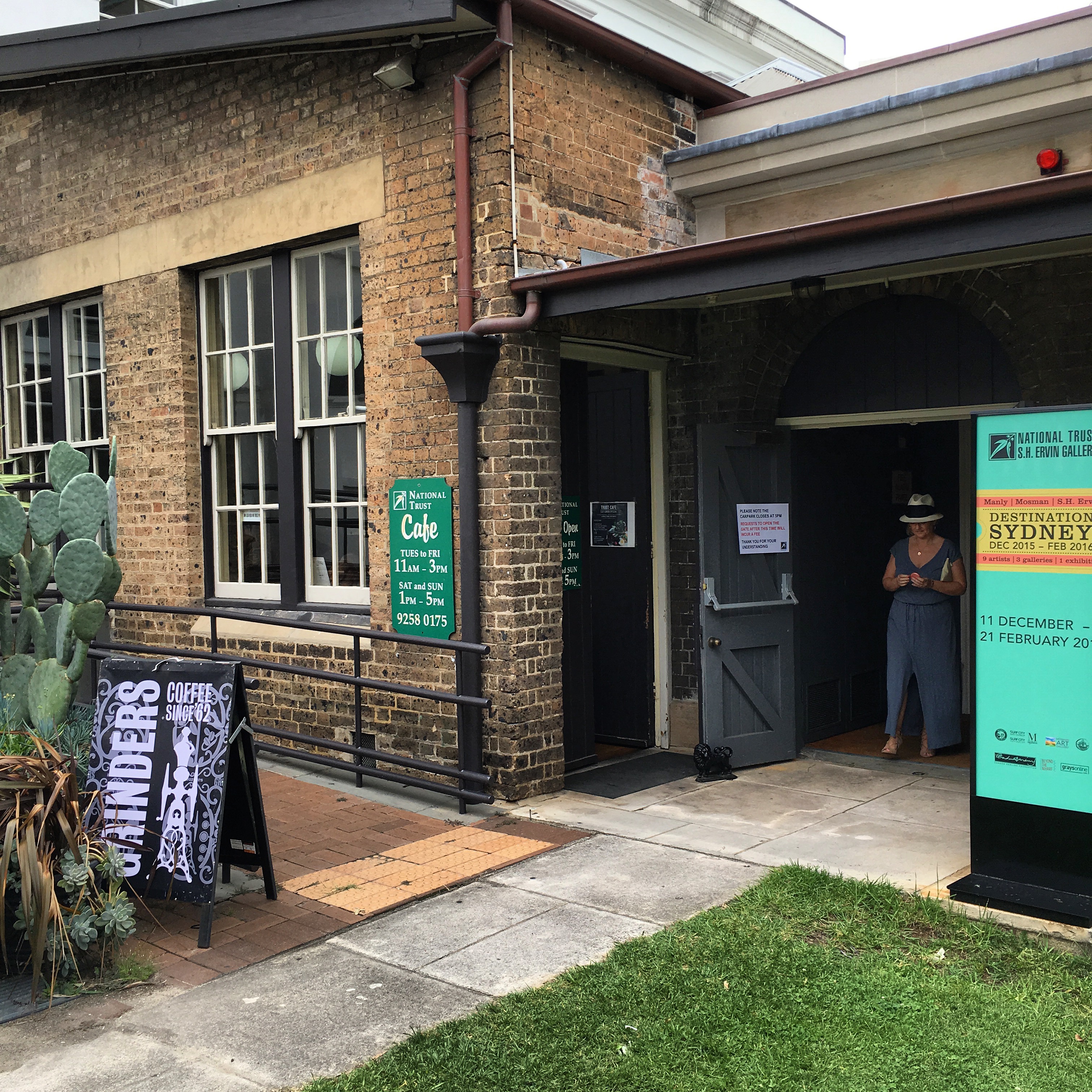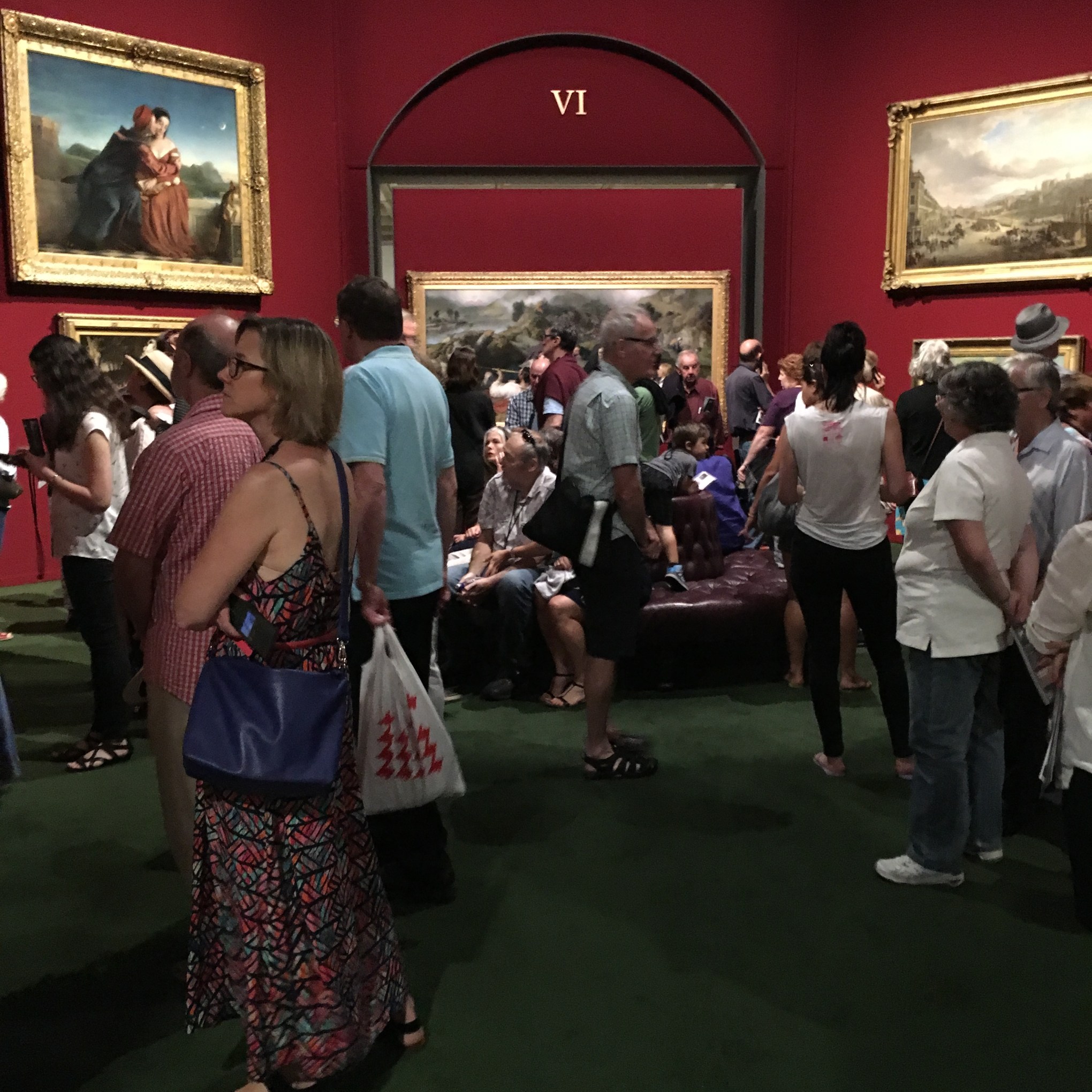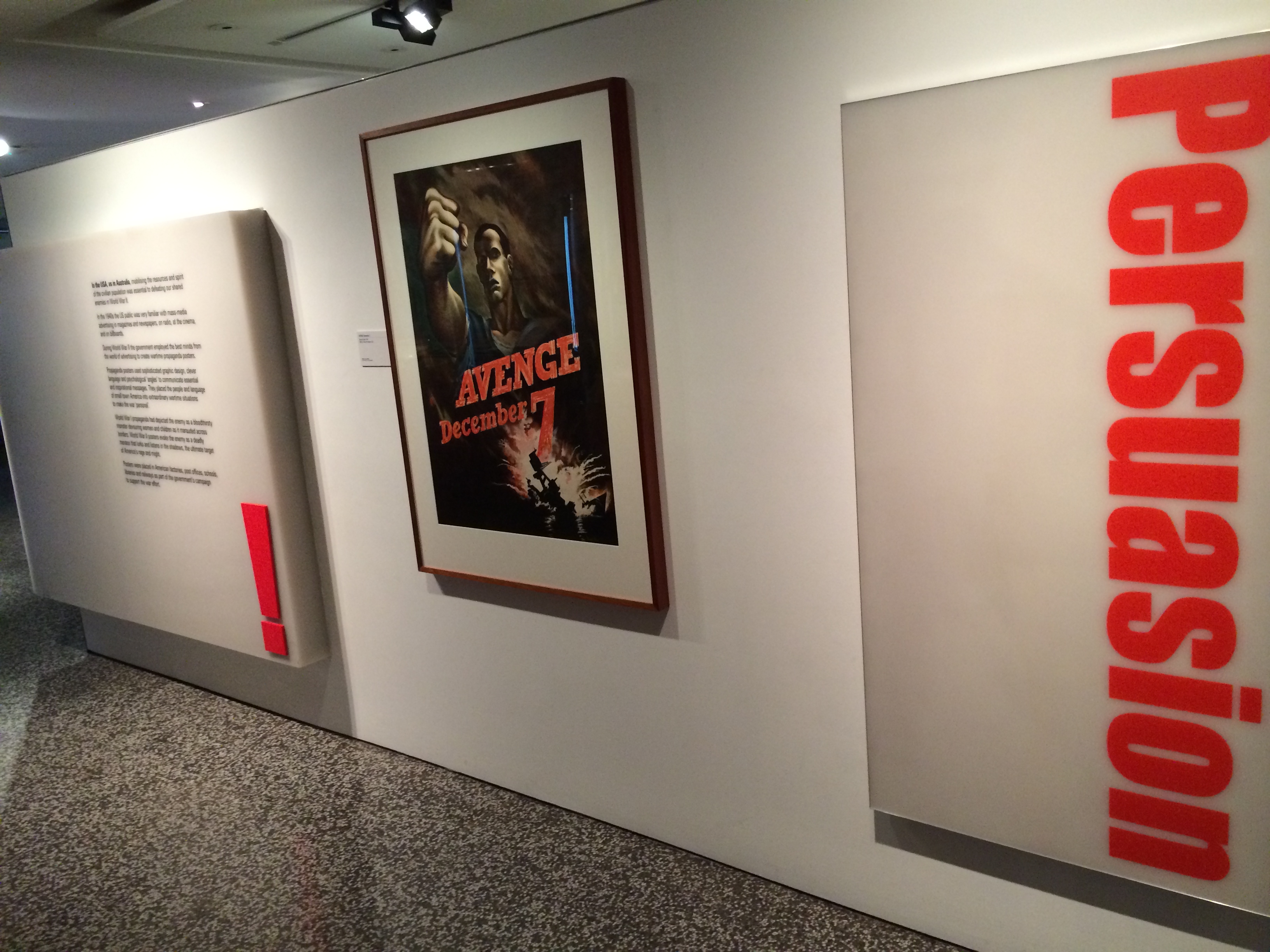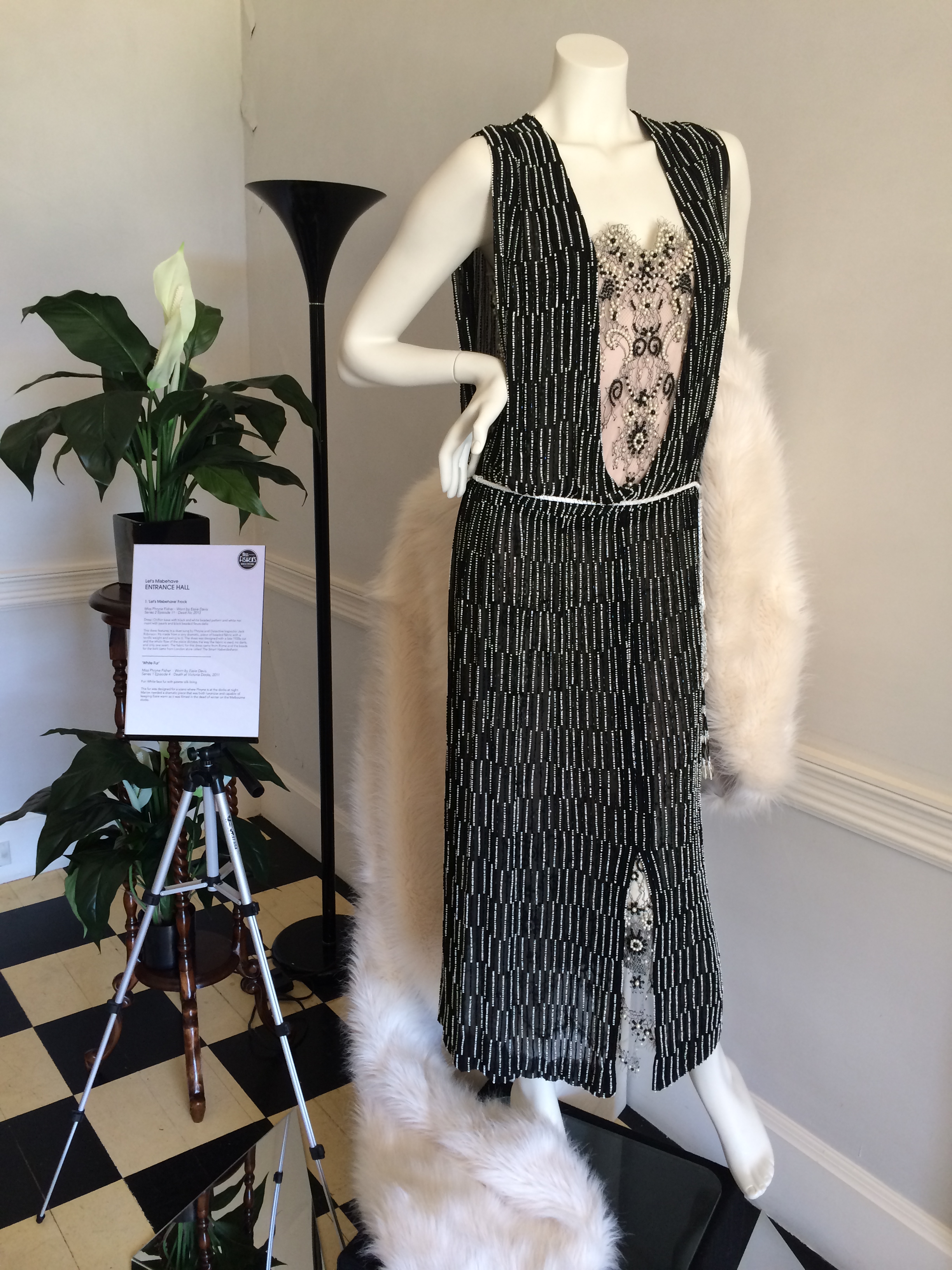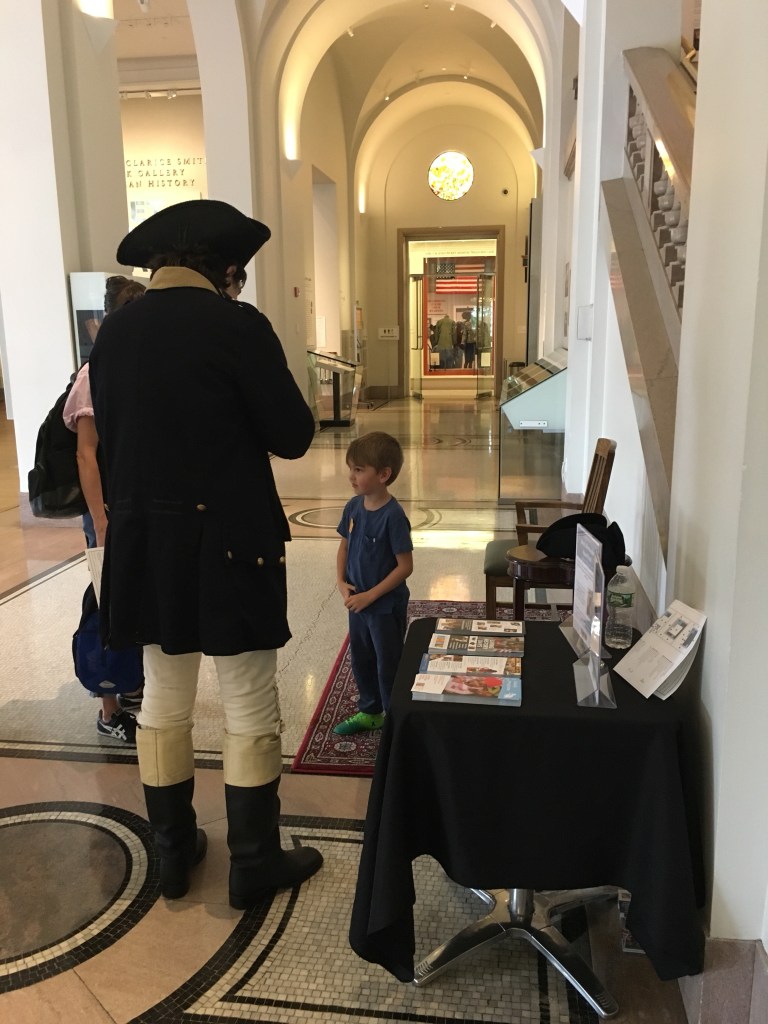

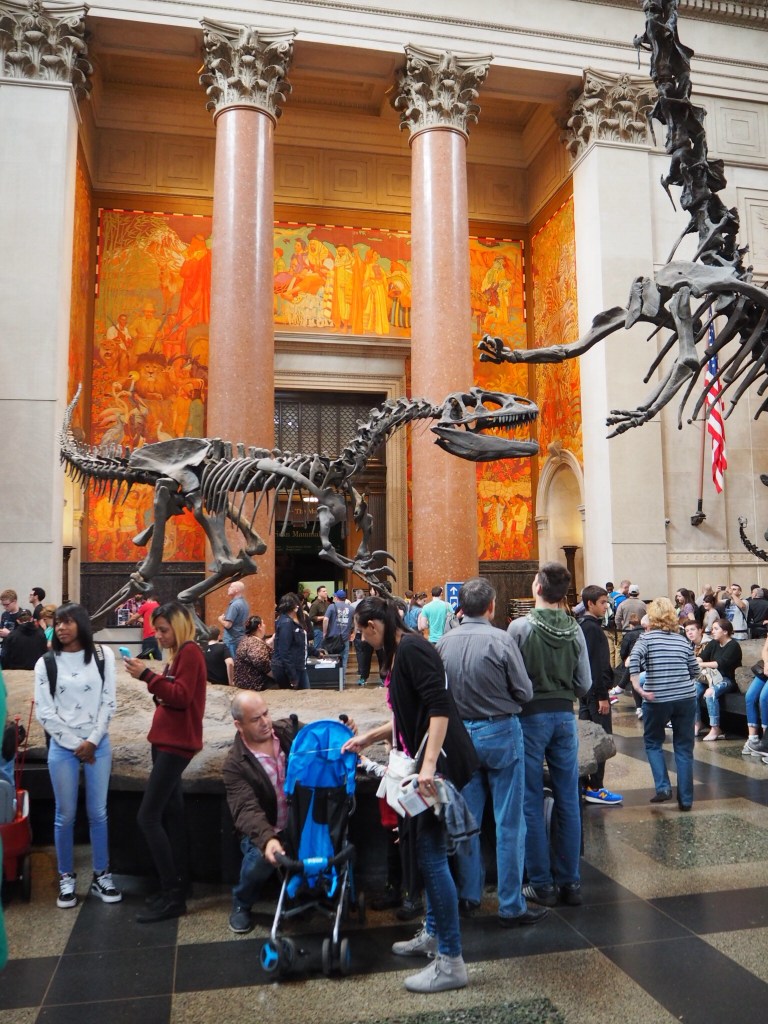
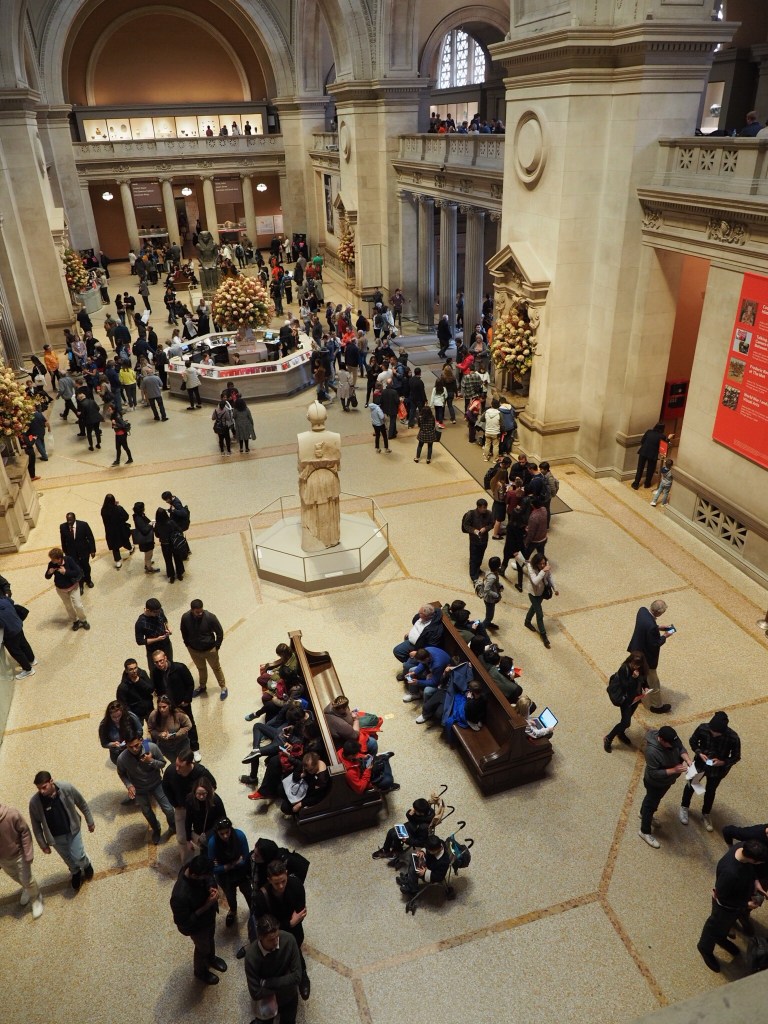
I’m not a big fan of measuring the success of visitation to cultural institutions by simply counting the numbers of people through the doors. I don’t believe that numbers alone give a true picture of visitor engagement and they certainly won’t give any indication of the way that visitors respond to the various spaces within a given cultural institution.
I confess that I love tracking visitors inside museum spaces because I always have preconceived ideas about what is going on inside various galleries and exhibitions and I am constantly surprised by what is actually happening when I analyse my results. On one occasion, I was observing visitors passing through a newly opened exhibition. I was thinking how good it was that there were so many families coming into the museum for this exhibition and I expected certain outcomes from my tracking and feedback studies for the following reasons:
- Because it was a brand new exhibition space
- Because it was school holidays and wet weather
- Because it was free of charge to visit.
The tracking process that I use involves mapping the exhibition floor plan, then adding objects to that map, numbered within a cluster group or individually, depending upon their size and the size of the gallery overall. I use a technique learned from Dr Lynda Kelly involving timed entry and exit points, visitor groupings (individual, couple, family group), age groupings and an observational scale based on Judy Diamond’s chapter on observational tools to record the movement of people, using four categories for visitor engagement:
- Ignore (I)
- Skim (S)
- Attend (A)
- Engage (E)
Visitors who pass within two metres of an object or text panel but fail to stop are listed as Ignore (I). Visitors who look briefly at an object or text panel but fail to stop are listed as Skim (S) but those who stop briefly with both feet for two seconds are listed as Attend (A). Those visitors who stop and actively read text panels or look at displays are listed as Engage (E).
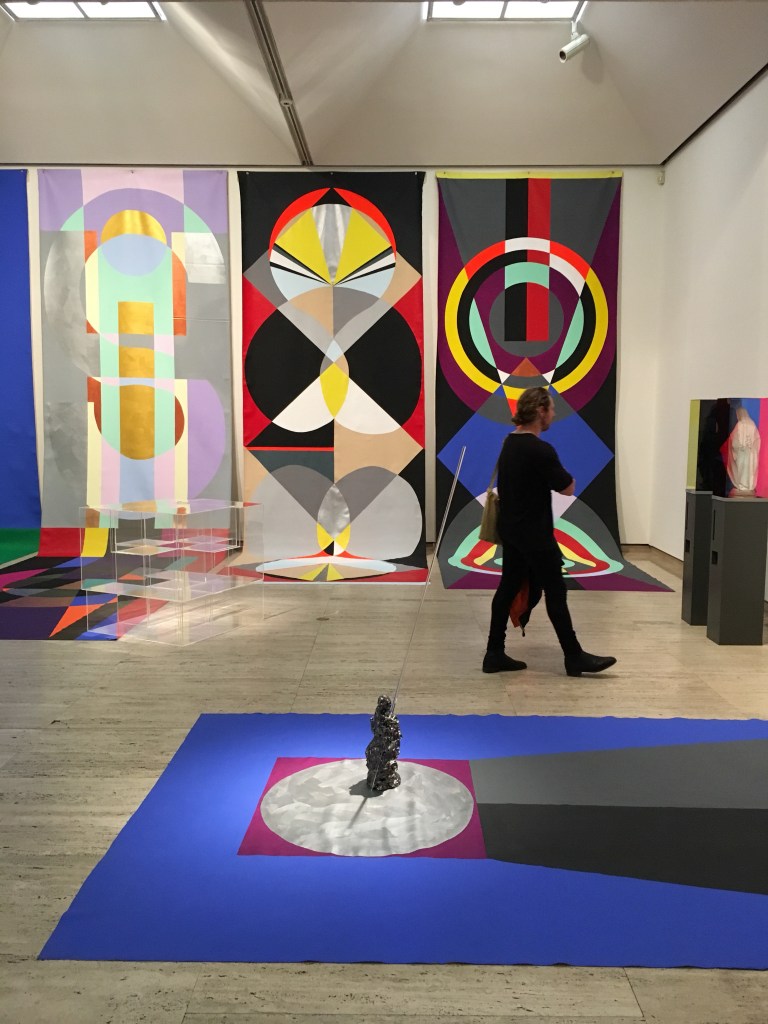
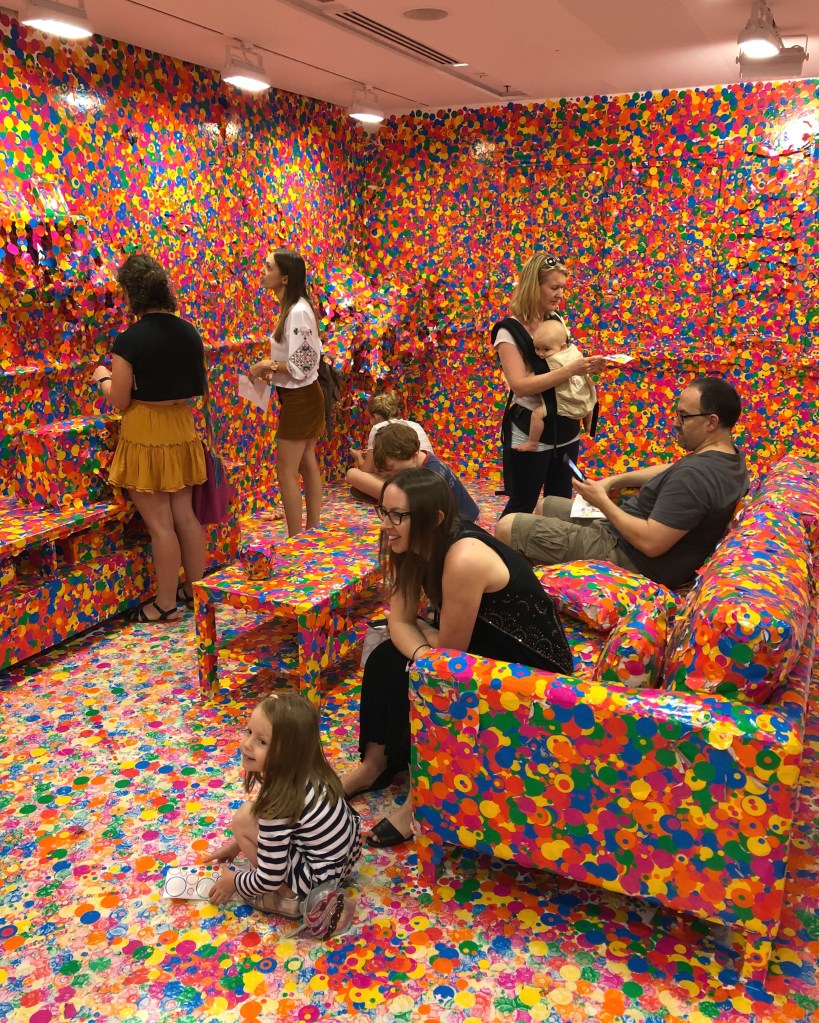


For the exercise mentioned above, what surprised me when I actually observed the individual visitors and tracked their pathway, was that what I thought I saw was not what was happening at all. When I analysed my results, I found that people weren’t really in the gallery for very long and definitely did not engage with the exhibits for a significant time period which was a lost learning opportunity. However, there were lots of “oohs” and “ahhs” and expressions of awe and wonder and very many photos taken of kids with various objects. Sadly, in most cases their curiosity was not sufficiently aroused for them to engage with the objects on a deeper level – by reading the associated text panels and using the interactive materials.
I’m not going to address the importance of engagement for Transformative Learning outcomes in this blog post because it has been well covered in the literature and other museum blogs (see Dr Lynda Kelly’s blog posts for information on TL as well as a review of the literature). Secondly, when I track visitors, I don’t usually look at the cultural diversity of the audience but more their age group and the effects of their group status on how they move through the spaces. Again, a better brain than mine, Colleen Dilenschneider talks about misinterpreting or not interpreting data on diversity correctly in her recent post “Why Some Cultural Organisations Overestimate Success in welcoming Diverse Visitors” for those who want to think about visitors in an even broader sense.
The advantage of carrying out observational and tracking studies is that institutions can combine the collected data with visitor feedback surveys to get to know their audiences better and form a clearer picture of how people spend time within their walls. Such studies can highlight the parts of an exhibition or permanent space which are not being seen, being used properly or are not engaging visitors at all. Sometimes problem areas can be tweaked by making small changes to the space – improved interior design, better text panels, signage, IT/general maintenance or even small changes to sound and lighting. It is interesting to see where people spend the most or least amount of time as they move through a cultural institution or specific exhibition. Other details can be recorded as well – such as:
- Is there a particular item that is really popular with visitors?
- Where do people stop and read text panels?
- Are interactive displays working and easy to use?
- Are there any blockages with the general flow of visitors?
- Are there any blockages because of audio tours, queueing or people taking photographs?
- In the case of couples and groups – is there some discussion about particular objects, interactives or related topics?
- Are there any visitor comments which should be recorded as feedback to Front of House, Marketing or Curatorial Management?

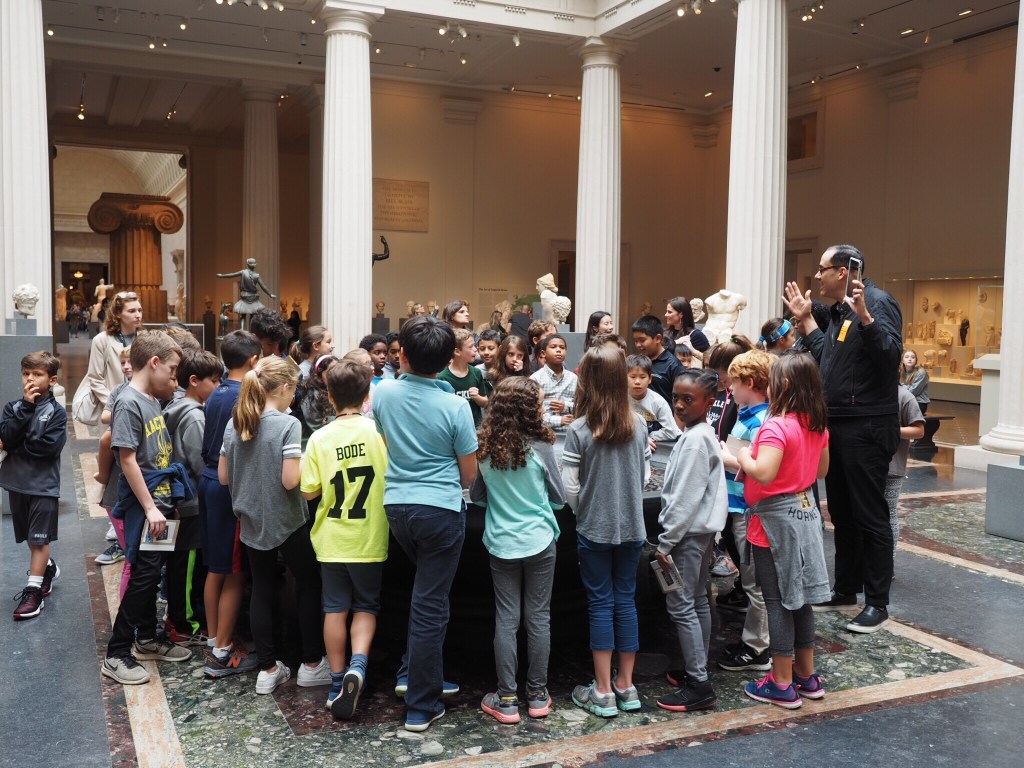
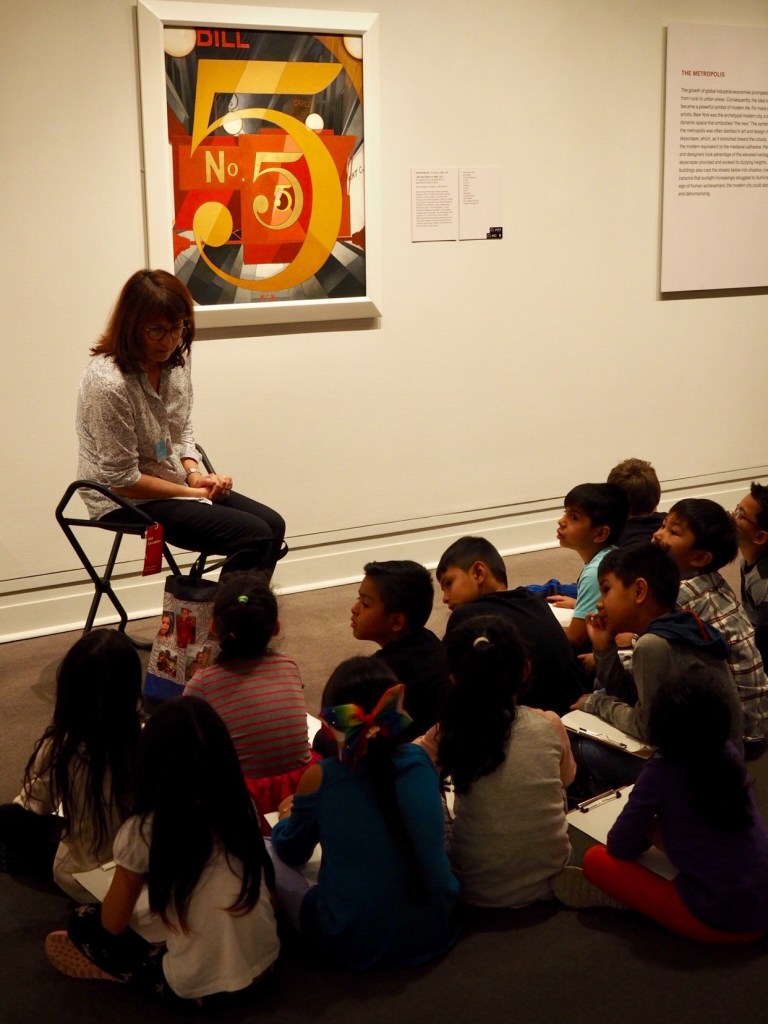
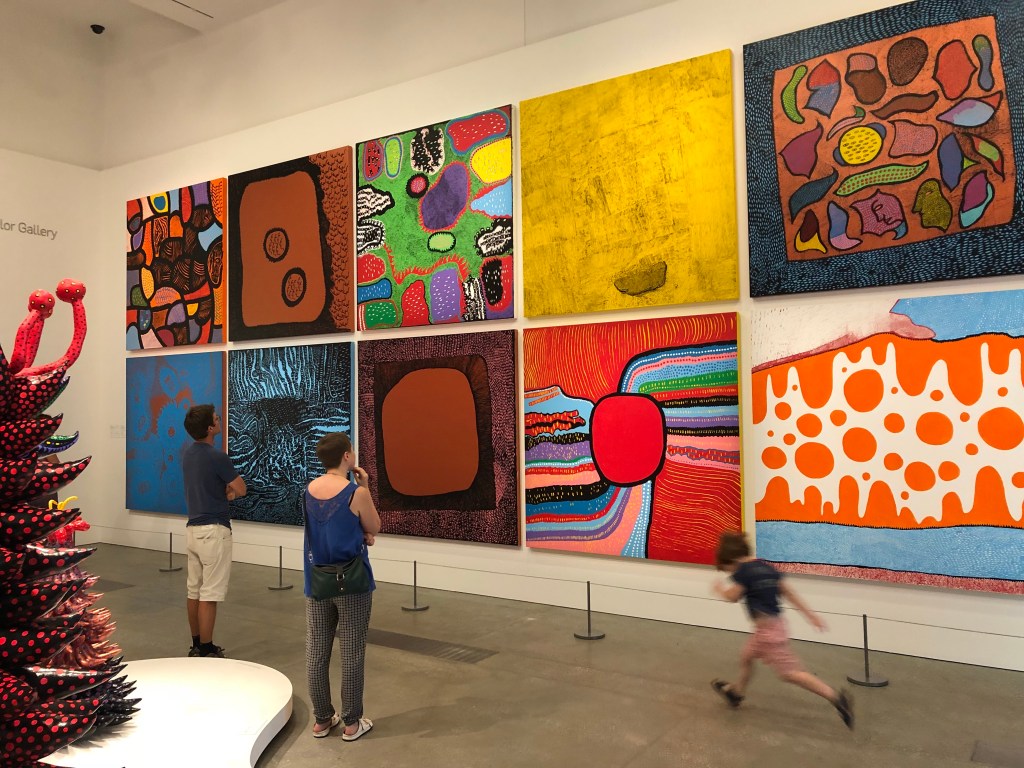

Visitors are usually unaware that they are being observed. Observers are often mistaken for floor staff and visitors may ask questions or give feedback just because they are there. Understanding how visitors use different spaces within a museum can help to identify the strengths, weaknesses, and possibilities in that institution’s engagement strategy. I’ve often noticed that it’s the unexpected spaces, guided tours and participatory events in museums that occupy visitors for longer. What is it that keeps bringing visitors back time and time again? Exhibitions come and go but the permanent galleries, regular programmes and new innovations keep people coming back. For the younger visitors (particularly 3-12 age group), cultural institutions offering:
- Curriculum focussed school programmes
- Kid’s trails and activities
- Learning and discovery rooms
- Creative kids spaces
- Touch trolleys
seem far more popular with families than cultural institutions without family programmes. For younger visitors – creating art and craft, touching and examining objects, interactive play, conducting scientific experiments, being able to ask supervising staff a variety of thoughtful questions, interacting with living specimens, dressing up in costumes, enthusiastically following some kind of trail or just reading books and looking things up on the computers seems to enhance their participation. At other times I have observed docents leading school groups through gallery spaces and getting much better engagement and learning outcomes for children (in support of their school curriculum) than children passing through with families.
For adults – well designed, aesthetically pleasing interior spaces, themed talks, guided tours, after hours events and workshops can add value to the overall visitor experience. Perhaps this kind of engagement appears less threatening on the surface but is still focussed on learning and engagement. MuseumHack posted a recent article “Why Design is Important to Your Museum”. For me the key quote is that:
“In the age of the Internet, museums can benefit
from applying this principle of design to their
spaces, as well as the services they offer. What
makes museums unique is no longer the information
they contain, but rather the context they offer to the
objects within their collections.”
My observations have strengthened my opinion that visitors like to see the presence of facilitators, invigilators, educators, security and guides in the gallery or exhibition space and not a total DIY experience. Generally, I have observed that visitors:
- stop to ask questions or for directions or assistance
- might ask for extra information about a display or gallery
- might have their own narrative to share triggered by seeing an object on display
- may have feedback for the museum about their visit.
It seems a pity when the audience is captive in the space, not to utilise that opportunity for engagement and feedback and to build relationships with the public, particularly when museums and galleries are striving to be “must see” and “repeat” destinations. I can’t see the point of developing growth and management strategies for cultural institutions without measuring audience engagement and feedback. Pen and paper studies are time consuming but relatively cheap to conduct and actually give a true snapshot of what is going on at a given time and space. Perhaps museums could learn from the mistakes of the department stores in the current economic climate. It may be that cutting floor staff numbers will not increase profits and will definitely detract from visitor engagement.
Further Reading:
Australian Museum. Tracking and Observation Studies. https://australianmuseum.net.au/uploads/documents/9301/tracking_studies.pdf
Steven S. Yalowitz & Kerry Bronnenkant.Timing and Tracking:Unlocking Visitor Behavior http://www.tandfonline.com/doi/full/10.1080/10645570902769134
Museum Team at USS Constitution http://www.familylearningforum.org/evaluation/types-of-evaluation/timing-tracking.htm
Isaac Arnsdorf. The Museum is watching you. Online Wall Street Journal (2010) https://www.wsj.com/articles/SB10001424052748704554104575435463594652730

